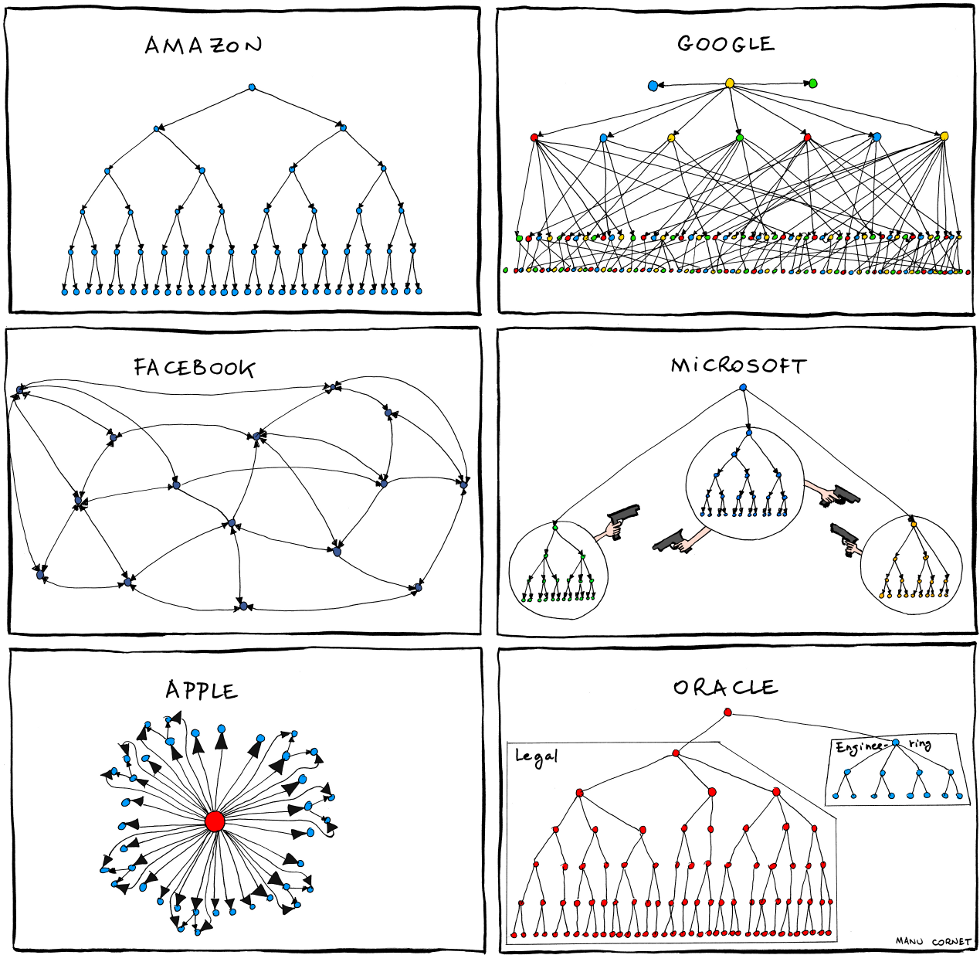I was listening to a recent Ezra Klein Show episode where he and with philosopher C. Thi Nguyen discussed gamification and agency. The entire episode is great and you should give it a listen, but, a specific part about conspiracy theories stood out to me. Let me quote it here:
Here’s another one of the ways in which the current world is really uncomfortable and really hostile to us. You’ve got to trust people. You can’t know everything on your own. Elijah Millgram, again, this philosopher I was talking about, has this book called “The Great Endarkenment,” which transformed my philosophical life.
And basically, the way he puts it is the essential condition of the modern world is one of extreme hyper-specialization. No one can know everything. Not only can you not know yourself— all the things— you can’t figure out the right experts. If you asked me to pick the right climate change expert to trust, I couldn’t because I don’t know enough stats to even figure out who the right expert is.
Hyper-specialization and interdependence was so poignant. There was a time when I valued hyper-generalization and self sufficiency (in work). It was an impossible task, for lots of reasons, the greatest of which is the lack of diverse opinions and the challenging of ideas simply leads to worse outcomes.
I now believe that the good work have to be a product of teams where the sum is greater than the parts. It was an unexpected but useful development; in the same energy, I’d like to write about two of my other perspective changes in the last two years as well.
Fallacy #1: focus on the business, not the organization
I used to tell people this all the time: I want to solve the business problem using technology; I’m not interested solving the organization.
A lot of this emerged when I was working at a large company where it felt like most of the energy was spent navel gazing. To be fair, a lot of it is probably necessary due to the structure and setup at that time. There was simultaneously cooperating, competition and alignment required due to the amount of stakeholders involved in… anything. It is really hard as a person to be placed in a group and not be aware of the group dynamics.

Organizational Charts, Manu Cornet, 2011, Bonkers World
Since that experience, I’ve swung over to the other side, seeking out small teams working on nascent problems with the idea that I can spend less time worrying about what people think and worrying more about how to make things work. There are strengths to smaller teams and that which is said about speed and agility generally holds true. However, smaller teams are not immune to cultural maladies. They are simply different. Culture hiccups come more from individual affects and less so structural.
It dawned upon me: if we cannot solve personnel issues, we really cannot work in peace. The real lesson here is people matter, so find the right group of people and do the hell out of the thing that you set out to do.
Fallacy #2: the work will speak for itself
I have long been reluctant to do publicity about what I’m working on. This impulse masks two sets of mistaken instincts. The first, perfectionism, is the nagging feeling that whatever I’m working on is not interesting enough to share (until it is, obviously, which will never arrive). The second, a disdain for what I perceive to be clout chasing and not wanting to engage in behavior that may be mistaken for that.
It appears I may have thrown the baby out with the bathwater (pardon my idioms). The experienced default state of any work in progress is obscurity. Furthermore, building demands immense time and energy that will quickly drain our reservoir of enthusiasm and creativity. External feedback, in addition to their qualitative nature, serves as validation that someone at least cares enough to say something. Without that, the effort is bound to wither.
There is a further angle that I’ve been pondering through. As Designers we are very concerned about user interviews and there are elaborate schemes to devise them. To that extent, publicly displaying your work in progress can be considered a Design method. Instead of running prototypes through a set of controlled participants, we release ideas into an uncontrolled environment with the goals of searching for scenarios that were not previously considered and resonance within an unconstrained environment. There’s probably more to be spoken about this topic – for next time – but isn’t this a very Designerly thing to do?
So sure, the work will speak for itself, but someone else will have to do the shouting.
I think of shifts in ideas throughout history. Reading about them in the walls of art museums, I’m always struck by stories of people experimenting on the throes of established ideas, striking a nerve, and then additional people riffing on and running with the ideas. There is a certain energy cultivated through this socialization, dispersion and subsequently further innovation that forms movements.
There is no solace in moral victories – especially when formed in the bottom of a well. There is a difference between being right and being effective, and as we grow in experience we should strive for the latter.